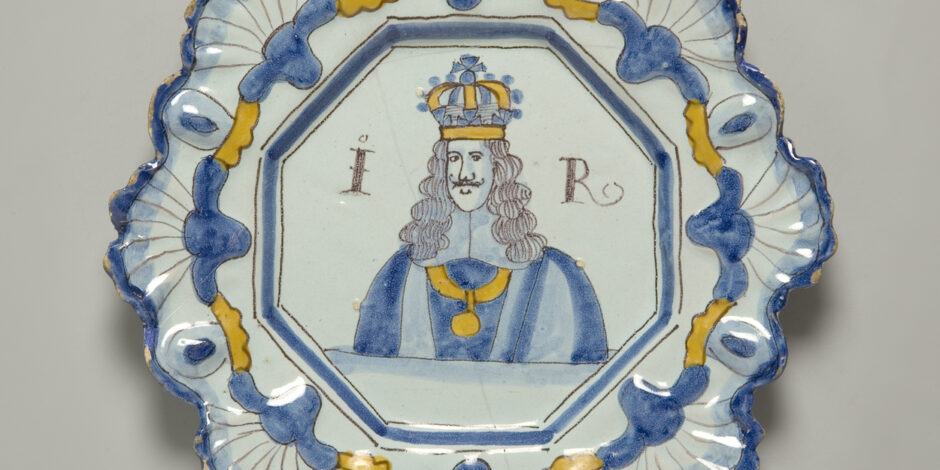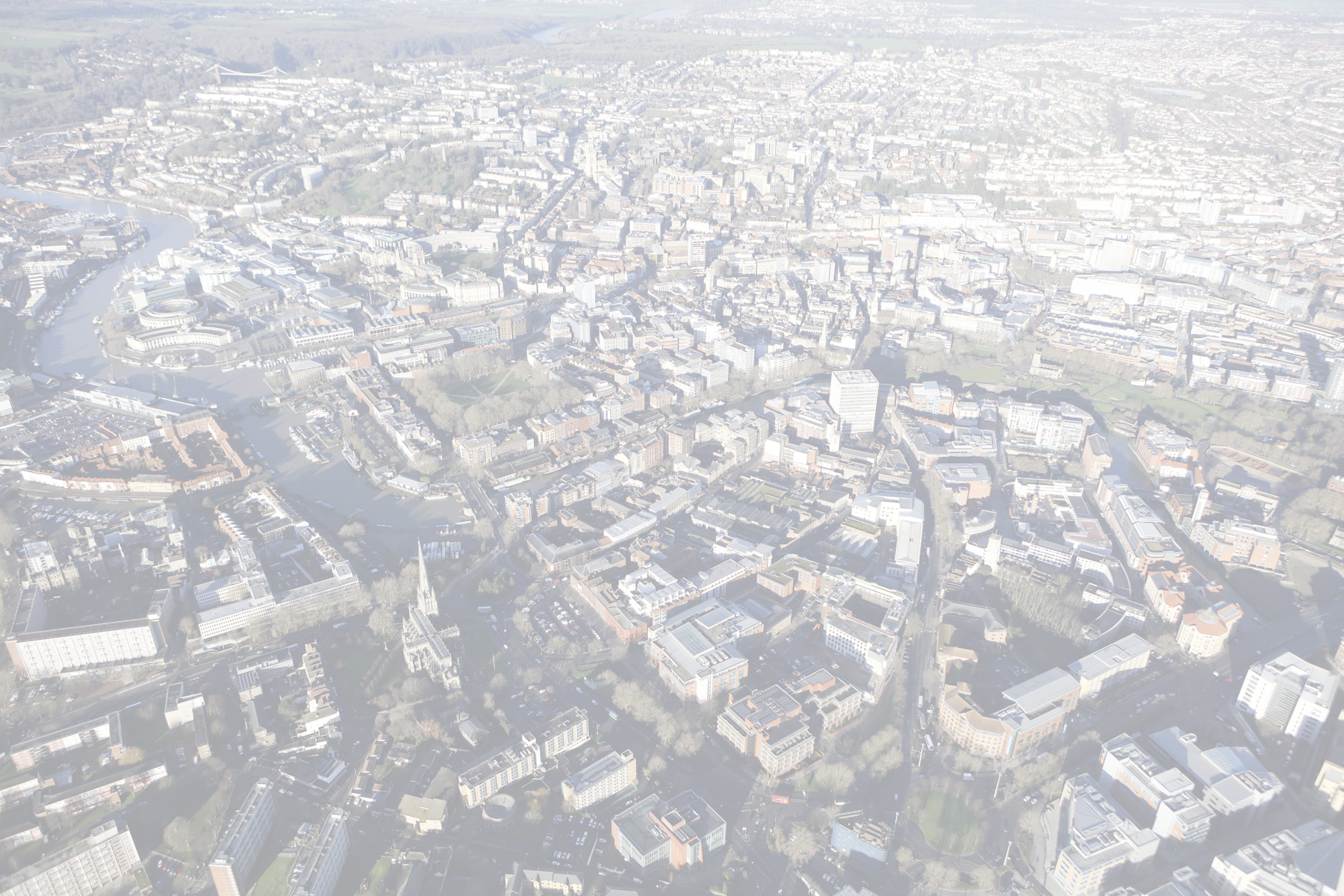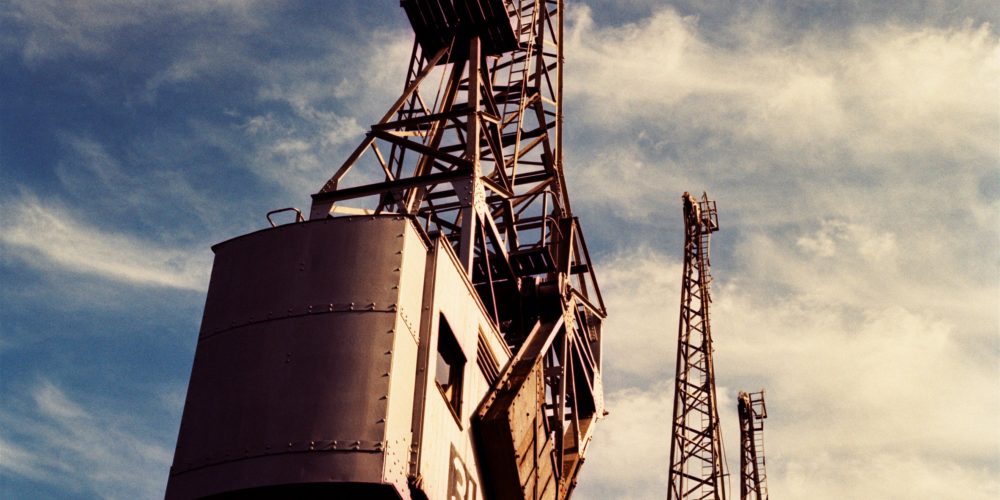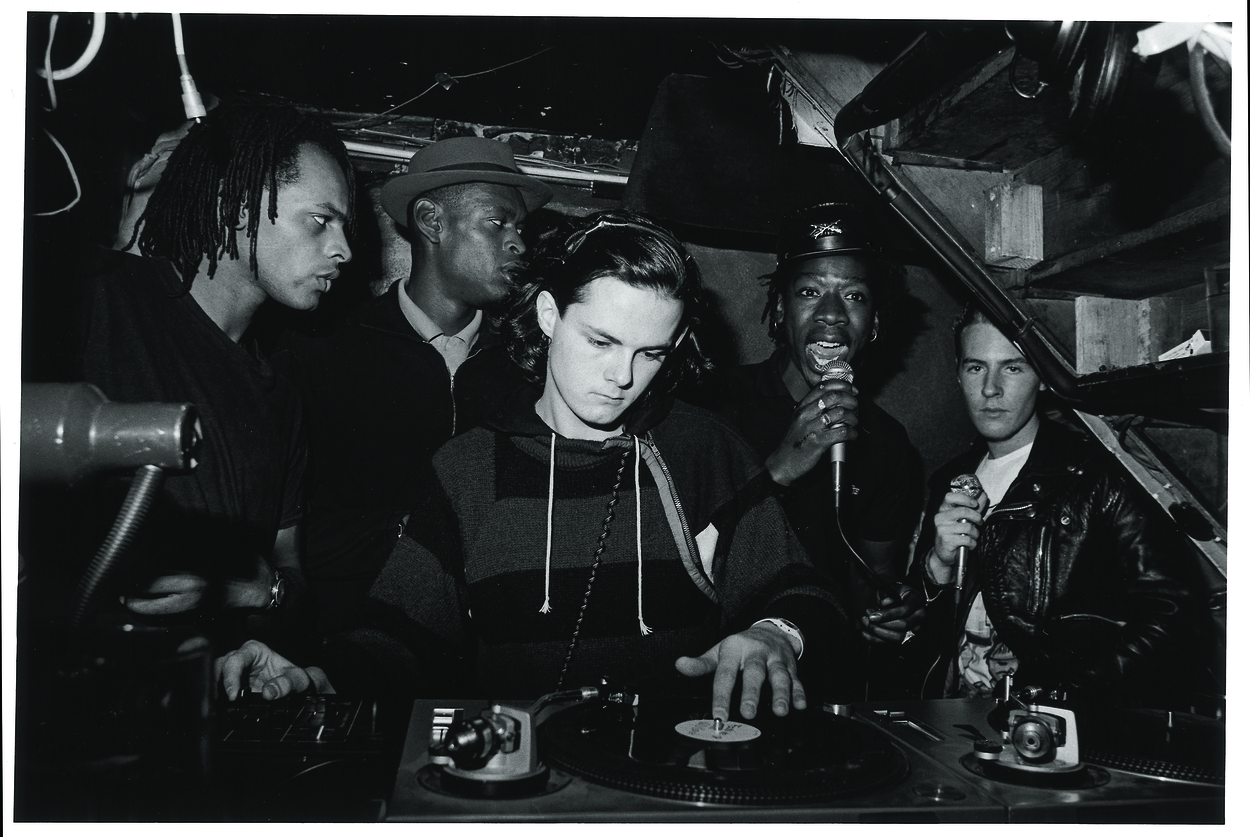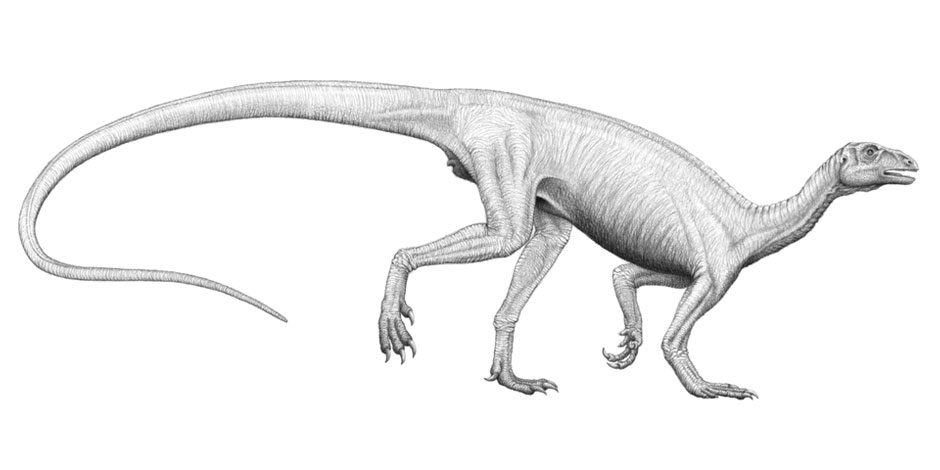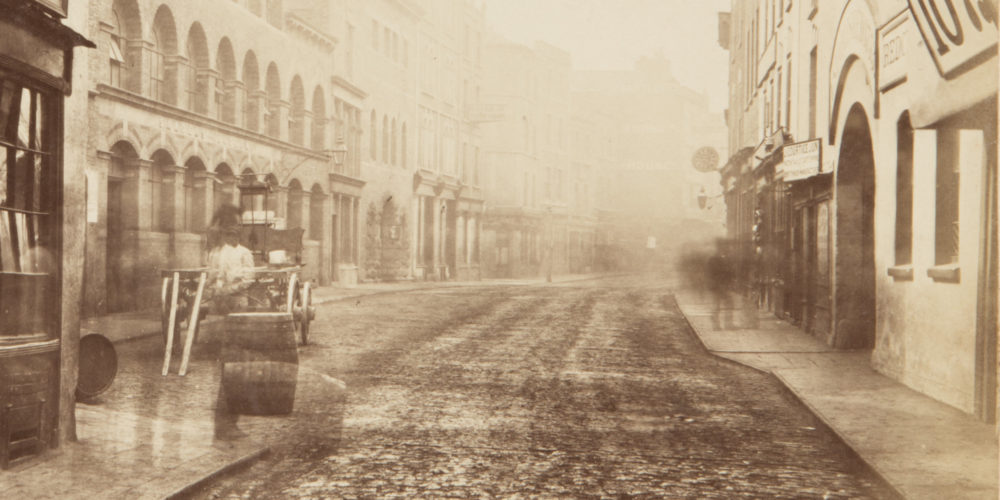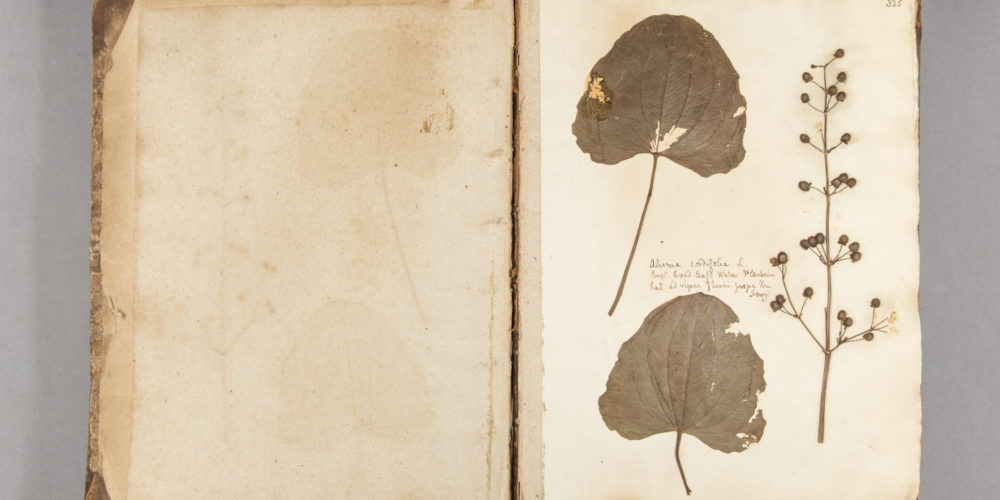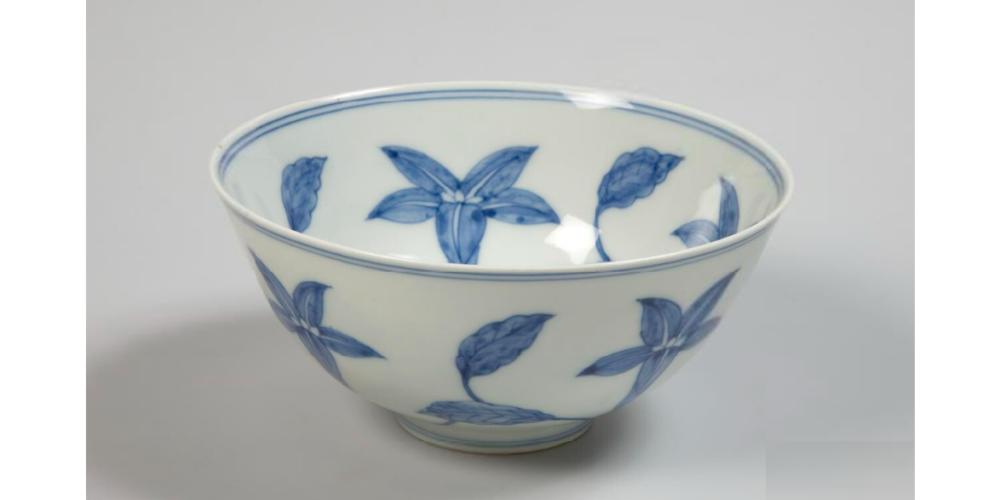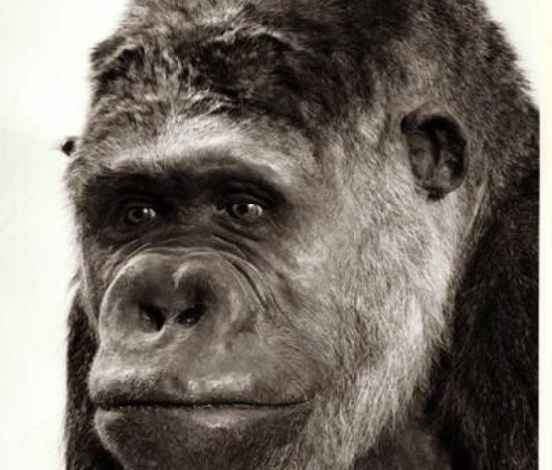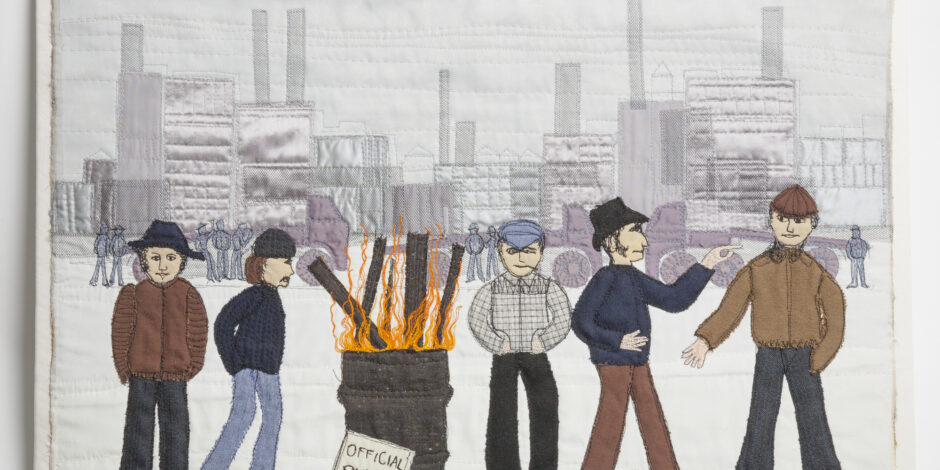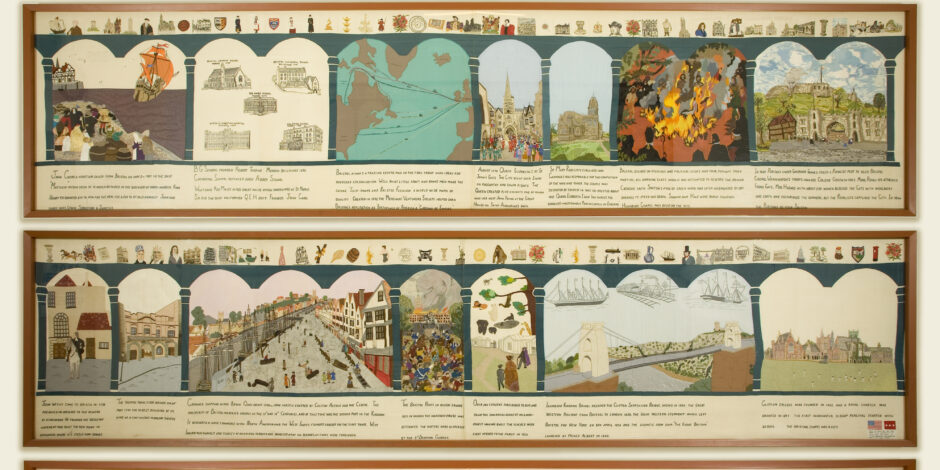Delftware: Bristol’s Collection
The project aimed to raise the profile of Bristol’s important collection of delftware. At over 2,000 pieces, it’s one of the largest in the UK. What is delftware? In Britain, Ireland and the Netherlands delftware was the name given to tin-glazed earthenware. This type of pottery is also known elsewhere as maiolica (Italy) and faience […]
